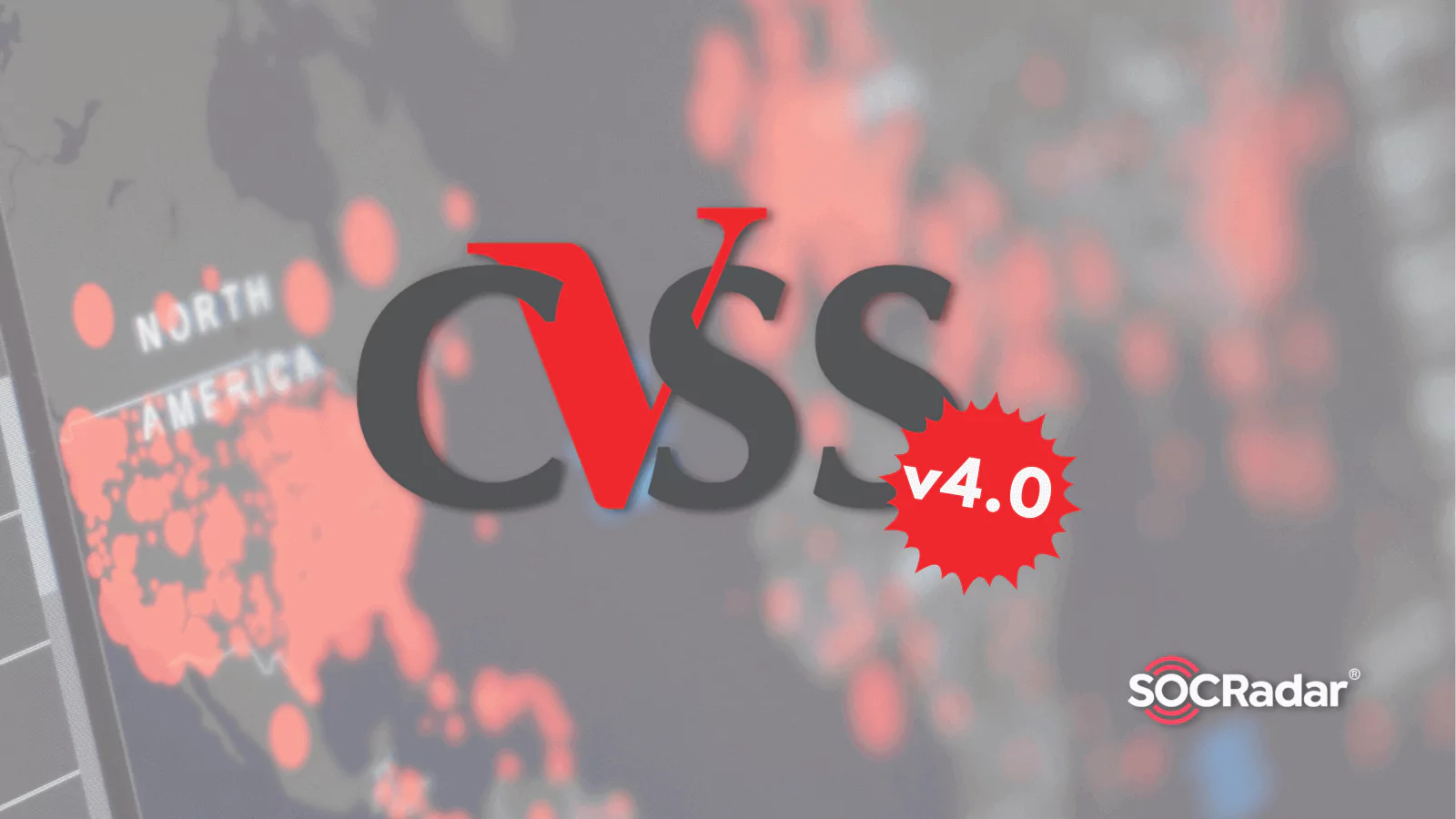
This is a Medicaid program paid for by the state and federal taxes for eligible persons. If you meet certain income requirements, you may be eligible for MassHealth. An intermediary is a company that takes care of the enrollment and premiums. Sometimes the company will direct you to purchase their health plan through an intermediary. And the company can't turn you down if you have a health condition. Massachusetts residents can buy health plans directly from an insurance company. This SHIP id designed for students and is only available while you are enrolled. If you are enrolled as a student in a Massachusetts college or university, you can buy a health plan through your school. Qualified Student Health Insurance Plan (SHIP) You can choose the health plan that is best for you from the choices offered. Most of these employers pay part of the premium and also offer a choice of several health plans. In Massachusetts over 70% of all employers offer health insurance as a benefit to their employees. For people that can't do this, there are several other ways to get a health plan. Many people get their health plan through their place of employment. There are many different ways that you can buy a health plan in Massachusetts. Once your cost share amounts reach the out-of-pocket maximum, the plan pays 100% of the covered services for the rest of that year. Some health plans have a limit on the visits allowed for a specific covered service.Įxample: The plan may allow only 10 visits to a chiropractor.Įxclusions are listed services for which there is no benefit.Įxample: The plan may exclude (not pay for) cosmetic surgery, and you will pay for the entire cost of service.Īn out-of-pocket maximum is a cap on your cost sharing for a year. You pay 20% of the cost of a covered office visit and the plan pays the rest. You pay a $2,500 deductible toward your health care services each year before the plan pays any Coinsurance is a percent of the allowed charge that you pay for a covered service benefits.Ĭoinsurance is a percent of the allowed charge that you pay for a covered service. You usually must pay your deductible first, and then your other cost sharing begins, such as copays and coinsurance.

The copayment for a primary care visit may be $30 and copayment for an emergency room visit may be $150.Ī deductible is the amount you pay before the plan starts to pay for most covered services. Example, you pay $30 for an office visit and the plan pays the rest. A Plan may have different copayments for different types of services. Different cost sharing features are listed below:Ī copayment is a fixed dollar amount that you pay directly to a doctor, hospital or pharmacy at the time you get service. Pick a plan that works best with the type of health insurance you think you will use. This means that you share the cost of care by paying part of the charge for each service and the insurance company pays the rest. Whether you choose a major medical plan, an HMO or a PPP, your plan will probably have some "cost-sharing" features. With these plans, you are covered for any licensed health providers. Example: the plan pays 80% of your hospital stay and you pay the other 20%. These plans usually cover a percentage of your covered costs. Some of them may also cover preventive care and office visits. Major medical plans usually cover hospital and medical expenses for an accident or illness. Note that if you choose to go OON when you are in a PPP, your provider may balance bill you directly for the entire cost of the procedure. Example: After copays and deductibles, the plan pays 100% of a service for a network provider but 80% for an out-of-network (OON) provider. PPP's will pay more of the cost if you use a provider that is in the network. These plans have a network of preferred providers that you can use, but they also cover services for out-of-network providers. Preferred provider plans usually cover hospital, medical and preventive care. For example, you pay $30 for an office visit and the HMO pays the rest of the cost. With most HMO plans you pay a copayment for each covered service. You are only covered if you get your care from HMO's network of providers (except in a case of emergency). HMO plans cover hospital, medical and preventive care. Here are some of the types of plans offered in Massachusetts These health plans offer a detailed list of health benefits, may limit your costs if you get services from one of the providers in the plan’s network, and typically require co-payments and deductibles. Comprehensive health insurance provides benefits for a broad range of health care services. Because there are many different types of health plans, you should be sure to look for the one that fits your needs.


 0 kommentar(er)
0 kommentar(er)
